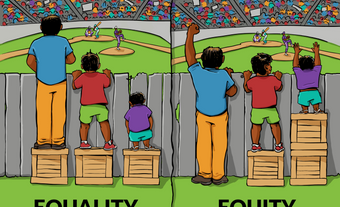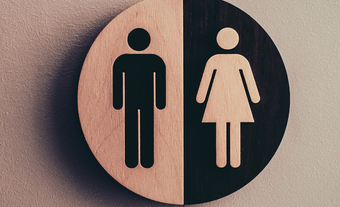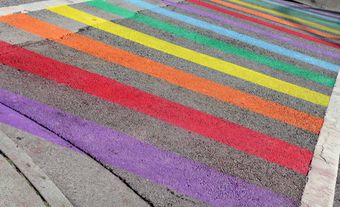The term “gender identity” refers to an individual’s sense of their own gender, or the gender they feel is most in keeping with how they see themselves.

TheGenderbreadPerson is a model that depicts the ways society constructs gender, and the different components that go into that.
(courtesy Sam Killermann, www.genderbread.org)
Biological Sex vs. Gender
To understand gender identity, it is important to understand the difference between biological sex and gender. Both are systems of classification, but they work in very different ways. For the most part, babies are assigned a category before or at birth based on a specific set of biological characteristics, including but not limited to chromosomes, hormones and genitals. In general, the categories for biological sex are male, female and intersex. (The term “intersex” describes the biological sex of an individual born with any of a number of variations in sex characteristics, including the visible, e.g., ambiguous or atypical genitalia, or the invisible, e.g., hormones or chromosomes.)
What is Gender?
Unlike biological sex, gender is a system of classification based on behaviours, roles and attributes. These categories include but are not limited to women, men, non-binary, gender nonconforming, genderqueer, third gender and Two-Spirit.
Not everyone agrees about gender and its relation to biological sex or to social or cultural context. Many believe that gender is socially constructed and changes depending on time and place. (See also History of Gender Roles in Canada.) Some think that gender is universal, essential and unchanging. Others argue that gender is shaped by an interaction of biological and social factors. (See Gender in Canada.)
What is Gender Identity?
A person’s gender identity reflects the gender category to which they feel they belong. Biological sex is assigned to babies at or near birth, but children begin to express their gender identity at around two years old. Sometimes gender identity remains the same throughout a person’s life, sometimes it changes, and sometimes individuals switch back and forth between two or more gender identities.
Gender Identity and Gender Expression
Gender identity is often linked to the concept of “gender expression,” or how an individual presents or performs their gender in public. Presentation can be through makeup, clothing, names or pronouns. However, a person’s gender identity may or may not be linked to their gender expression.
Gender Identity and Sexual Orientation
Finally, while the concept of gender identity is often seen as being related to a person’s sexual orientation, there is no relationship between how a person identifies their gender and who they find romantically or sexually attractive.


 Share on Facebook
Share on Facebook Share on X
Share on X Share by Email
Share by Email Share on Google Classroom
Share on Google Classroom


